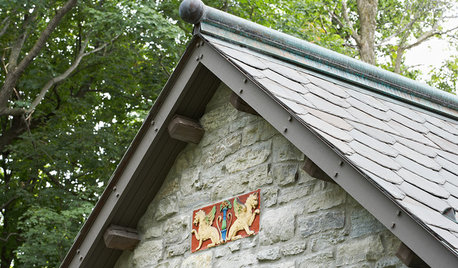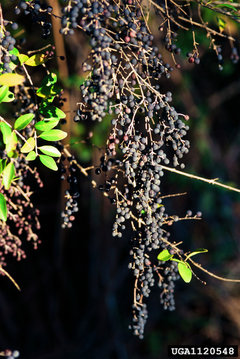Do you want to know what this is?
Iris GW
17 years ago
Featured Answer
Sort by:Oldest
Comments (34)
bamadave
17 years agoBumblebeez SC Zone 7
17 years agoRelated Professionals
Lakewood Landscape Architects & Landscape Designers · Marco Island Landscape Architects & Landscape Designers · Taylorsville Landscape Architects & Landscape Designers · Washington Landscape Architects & Landscape Designers · Clermont Landscape Contractors · Bridgeview Landscape Contractors · Fort Mill Landscape Contractors · Louisville Landscape Contractors · Lynn Landscape Contractors · North Haven Landscape Contractors · Rosemount Landscape Contractors · Antioch Landscape Contractors · Lauderhill Fence Contractors · Olney Fence Contractors · Fairview Shores Window Contractorsbobbygil
17 years agojennifratrix
17 years agoIris GW
17 years agojennifratrix
17 years agoBumblebeez SC Zone 7
17 years agoKathy Bochonko
17 years agoIris GW
17 years agogmom74
17 years agosugarhill
17 years agogrogreen
17 years agoregina_ga
17 years agoIris GW
17 years agoeddie_ga_7a
17 years agobamadave
17 years agopatienceplus
17 years agovroomp
17 years agonosyrosie
17 years agoIris GW
17 years agoquirkyquercus
17 years agobamadave
17 years agoeddie_ga_7a
17 years agoIris GW
17 years agoquirkyquercus
17 years agochezron
17 years agojeff_al
17 years agobamadave
17 years agoKathy Bochonko
17 years agomairenn
17 years agovicki7
17 years agoSandra Hisey
8 years agobrandon7 TN_zone7
8 years ago
Related Stories

BUDGETING YOUR PROJECTConstruction Contracts: What to Know About Estimates vs. Bids
Understanding how contractors bill for services can help you keep costs down and your project on track
Full Story
WORKING WITH PROS10 Things Decorators Want You to Know About What They Do
They do more than pick pretty colors. Here's what decorators can do for you — and how you can help them
Full Story
WORKING WITH PROSWhat Do Landscape Architects Do?
There are many misconceptions about what landscape architects do. Learn what they bring to a project
Full Story
WORKING WITH PROS17 Things Color Consultants Want You to Know
Dithering over potential palettes for your home? A color pro might be the way to go. Here's how it works
Full Story
MOST POPULAR10 Things Clean Freaks Know to Be True
Are you completely committed to domestic cleanliness? Then you may recognize some of these spotless truths
Full Story
FUN HOUZZEverything I Need to Know About Decorating I Learned from Downton Abbey
Mind your manors with these 10 decorating tips from the PBS series, returning on January 5
Full Story
HOUSEKEEPING10 Things Neat Freaks Know to Be True
Do you err on the incredibly tidy side? Then you probably already live by these nuggets of neat wisdom
Full Story
REMODELING GUIDESWhat to Know About Budgeting for Your Home Remodel
Plan early and be realistic to pull off a home construction project smoothly
Full Story
BATHROOM DESIGN14 Design Tips to Know Before Remodeling Your Bathroom
Learn a few tried and true design tricks to prevent headaches during your next bathroom project
Full Story
ARCHITECTUREKnow Your House: Learn the Lingo of Rooftops
Knowing the language of rooftop design will help you through your next repair or remodel project
Full StorySponsored








Iris GWOriginal Author